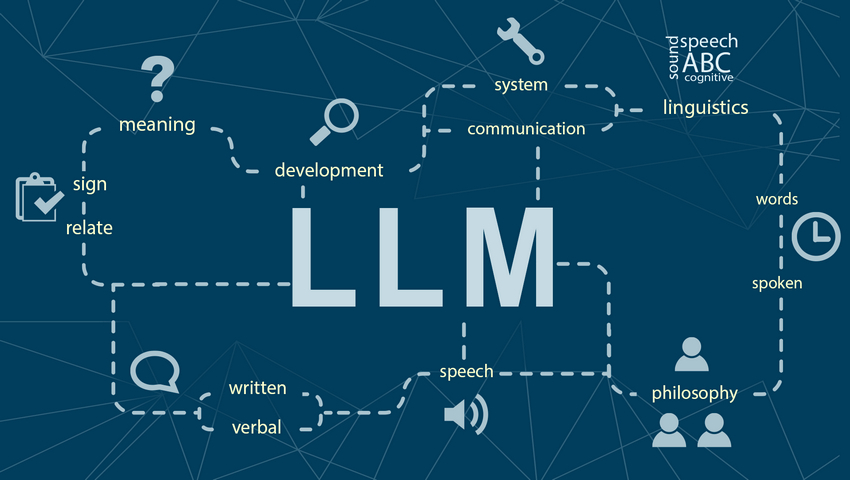The Quiet Power of Small Language Models: Why Smaller Might Be Smarter
Having spent decades at the heart of Silicon Valley, I’ve witnessed artificial intelligence evolve from an abstract academic pursuit into a global force reshaping every industry. We’re living in an era of unprecedented AI capability, where systems like GPT-4, Claude, Gemini, and Grok—so-called Large Language Models (LLMs)—have dazzled the world with their ability to write code, ace legal exams, and simulate human conversation with astonishing fluency.
These Large Language Models, boasting hundreds of billions of parameters, represent the peak of what current compute power, data, and engineering can produce. They are remarkable achievements, no doubt. But while much of the spotlight has focused on these digital titans, a quieter—but no less important—revolution is brewing in the background.
Enter the age of Small Language Models (SLMs) as well as Large Language Models
These compact, nimble AI systems are redefining the conversation about what it means for a machine to be “smart.” Unlike their larger counterparts, SLMs aren’t built for sheer scale. They’re designed for speed, agility, and precision—often with far fewer parameters and running efficiently on local devices or edge hardware. And in an era where privacy, latency, and control are becoming non-negotiables, their value is becoming impossible to ignore.
Smaller Models, Broader Impact
From personalized assistants running locally on phones to real-time language translation on wearable devices, SLMs are enabling new classes of applications where Large Language Models are simply too large or too slow. They are opening doors for innovation in fields like healthcare, autonomous vehicles, cybersecurity, and industrial automation—domains that often demand precision, reliability, and strict data governance.
Moreover, SLMs democratize AI development. Developers and startups who can’t afford the compute resources needed for massive models can now build meaningful AI solutions with off-the-shelf SLMs. This decentralization is sparking a wave of creativity outside the walls of Big Tech.
Rethinking Intelligence
Ultimately, the rise of SLMs challenges our assumptions about what intelligence looks like in machines. It invites us to move beyond the spectacle of scale and toward a more nuanced understanding—one where being smart doesn’t mean doing everything, but doing the right thing, fast, and well.
Just as smartphones didn’t need supercomputers to change the world, Small Language Models may not need 500 billion parameters to shape the next AI chapter. They just need to be fast, focused, and fit for purpose.
In a world racing toward ever-bigger algorithms, it’s worth remembering: sometimes, smaller is smarter
Artificial Intelligence is not one-size-fits-all. The race to build ever more powerful AI has birthed massive models like GPT-4, Claude, Gemini, and Grok — boasting hundreds of billions of parameters. These Large Language Models (LLMs) have captured the world’s imagination with their ability to write code, summarize books, pass law exams, and mimic human conversation.
Final Verdict: It’s Not LLM vs. SLM — It’s Large Language Models and SLM
The future of AI is not a zero-sum game. Instead, it’s a hybrid future, where:
Large Language Models power the cloud — delivering general intelligence and creativity at scale
SLMs live on the edge — providing secure, efficient, and personalized intelligence
Think of it like this: if GPT-4 is your university professor, a small language model is your private tutor — always there, focused, and efficient.
As AI becomes more embedded in our daily lives, smaller, smarter, and more ethical models will define the next wave of adoption.
Key Takeaway:
“Bigger isn’t always better. The AI revolution needs both powerful generalists and efficient specialists.”
You might enjoy listening to AI World Deep Dive Podcast:

For more, visit here